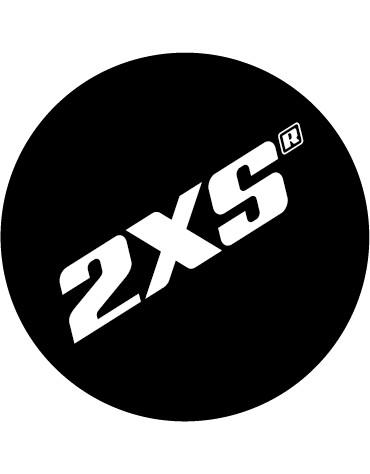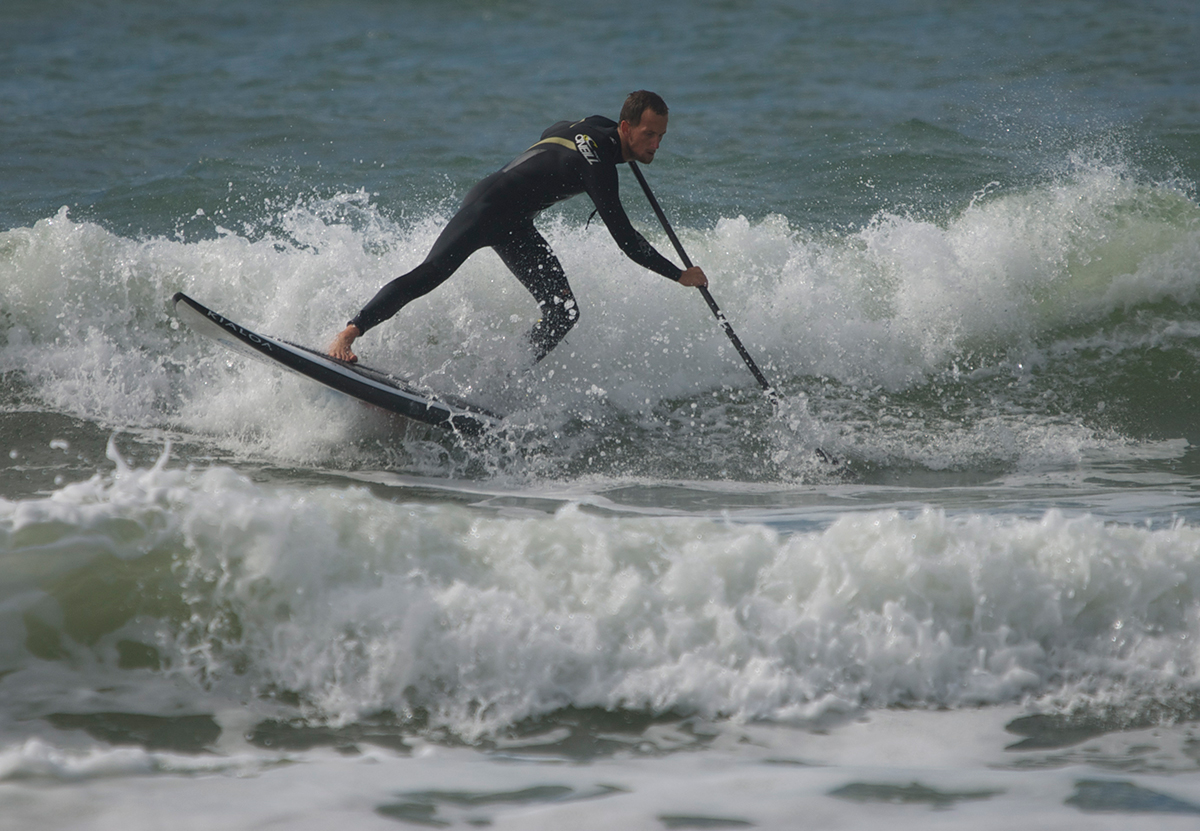How To Choose Your First SUP
The best way to go about figuring out what sort of SUP to buy – is probably start with a lesson – we offer at X-train, West Wittering a BSUPA Introduction to SUP course (Ready To Ride) which takes about two hours and covers the basics which includes the short paddle stroke, different turns, foot steering, how to fall safely and some solid tips to develop your stance using your core and understanding counterbalance.
Once you have completed a course – then moving onto the board and paddle choice – with literally 100’s of models to choose from initially it looks confusing but when you cut through the marketing hype there are some clear choices.
So before you start there are number of questions to ask yourself – do you have a car roof rack and somewhere to store your SUP – if the answer is “yes” then you probably should look at a rigid type board –if the answer to this is “no” then an inflatable board is a good option .
So next question is to consider your weight – as a starter board if you are over 80 kg your board size should be around the 200 ltr mark or if under 80 kg then look towards 160-180 ltr . The litres in a board supports body weight and as a beginner you need generally more than 150 litres unless you are under 50 kg .
All the best brands tend to have soft rubberized decks with a handle and single fin under the board to help the board track in a straight line. Each board should have a leash the same length as the board – there are a number of options a straight leash either calf fitting or ankle or a coiled ankle leash. If you are going to use your SUP mainly in flat water a coiled leash is good option.
Some SUPs come with a mast foot attachment (a screw thread built into the deck) which will allow you to add a windsurf rig and turn your board into a WindSUP – which makes it a great family board.
So lets get down to dimensions – board shapes have evolved in Stand Up Paddle boarding –
Wide body and short length so 10ft x 33 inches or (10 plus 10.6) to 180 ltrs these give the feel that they are bigger in volume than they actually are – similar to a skimming stone type principal!
The advantage of this shape is its very stable, surfs quite well and you still can paddle around on the flat – its downside is it doesn’t quite glide as well between paddle strokes as a longer thinner board.
There is also an inflatable version which tends to have more volume but is a good option.
RiGID –RRD Aquamondo Classic
INFLATABLE – RRD Air SUP Convertible RRD AirSUP Lightstripe
Or Allround 11ft x 31 180 to 200 liters which is more of a regular shape and looks like a Malibu style surf board . These have been popular since SUP first started and work well in flat water and small surf then generally glide better between paddle strokes but are less maneuverable due to the length.
The last option is a Tourer which is available in both inflatable and rigid construction these tend to be best suited to flat water SUP these boards have more glide between paddle strokes so they are faster and more effortless to paddle and have a more directional feel (so stay in straight line each time you paddle). These boards have quite a lot more volume sometime above 250 ltrs of volume and up to 31 inches wide .
RRD Version Fanatic version
Same on inflatable
On the paddles you can buy a basic alloy paddle which is the cheapest way to start – the down side these tend to be heavy and often don’t float (surprising this part!) we prefer the glass plastic blade as the first paddle option and in our view we feel its worth spending just a bit more on the paddle as they are ”your drive on the board” so it’s an important piece of equipment. Paddle blades come in different widths so a small blade for a light person or woman is 7” width a medium blade for most people is 8” and a large blade is 9”. So a beginner paddle blade should be around 8”width. Also the adjustment system needs to be simple and you need to wash it out with fresh water each time you use it.
Kialoa Aloha Adjustable Paddle Kialoa Insanity Fiberglass Adjustable Paddle Kids Keiki II Adjustable Paddle
Last things your going to need are wetsuits buoyancy aids and booties (for when the weather is cooler) – and that’s it – you are ready to venture out on the water.
“Happy Paddleboarding!”


